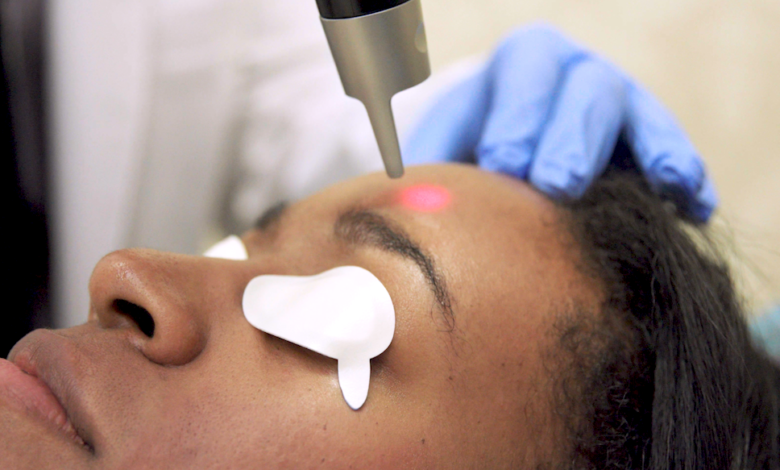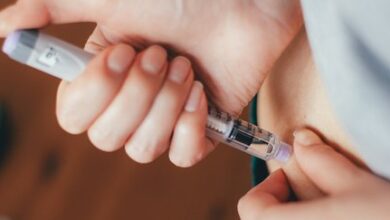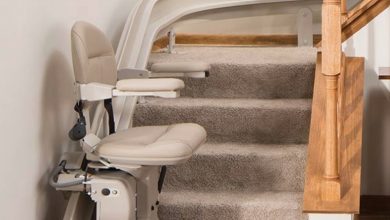Clearing Your Skin with Pico Laser: Effective Treatment for Acne Scars

Acne scars are a common skin concern and often a source of distress for many individuals. They are remnants of the skin’s response to prior acne lesions, often affecting the deeper layers of the skin. Before delving into the treatment aspect, it’s crucial to understand the types and causes of acne scars.
Types of Acne Scars
Acne scars come in various forms, primarily categorized as atrophic or hypertrophic. Atrophic scars are the most common type, characterized by a sunken appearance due to the loss of collagen during the healing process of acne. They further subdivide into boxcar scars, ice pick scars, and rolling scars.
Boxcar scars are broad with sharp edges, ice pick scars are deep and narrow, often appearing as if a tiny ice pick has punctured the skin, while rolling scars create a wave-like appearance due to their wide and shallow characteristics.
Meanwhile, hypertrophic scars form due to an excessive production of collagen during the wound healing process, leading to raised tissue on the skin. These are more common in areas like the chest and back.
Causes of Acne Scars
Acne scars occur due to the inflammation induced by acne lesions, such as papules, pustules, or cysts. During the body’s response to this inflammation, it releases enzymes that damage the surrounding tissues and affect the skin’s healing process. When the skin heals after an acne breakout, it either produces too much or too little collagen. As a result, the healed area either forms a raised scar (hypertrophic) or a depressed one (atrophic).
Factors that can increase the risk of acne scarring include picking, popping, or squeezing acne, severe acne types (like nodules and cysts), and genetics. The prolonged presence of post-inflammatory hyperpigmentation (PIH) – the dark spots left behind by acne – can also sometimes be mistaken for scars.
Treating Acne Scars with Pico Laser
Having explored the types and causes of acne scars, we can now delve into a promising solution for this skin concern: the Pico Laser for acne scars. Pico Laser is a non-invasive treatment option that has shown significant results in acne scar management.
The Pico Laser works by delivering short pulses of laser light into the skin’s deeper layers. These picosecond (one trillionth of a second) pulses generate a strong photo-acoustic impact, breaking down scar tissues and stimulating the skin’s healing response. As a result, the skin naturally produces more collagen and elastin, which are essential for healthy, smooth skin.
This laser treatment is particularly effective for atrophic scars, as it promotes collagen growth to fill in the depressed areas. Moreover, the Pico Laser also works on PIH by targeting the melanin that causes these dark spots, effectively lightening them and improving overall skin tone.
It’s noteworthy that Pico Laser for acne scars offers a comfortable experience with minimal downtime. While most patients experience slight redness post-treatment, this usually subsides within a few hours. Also, the treatment can be tailored to different skin types and varying degrees of scarring, making it a versatile solution for acne scars.
Is Pico Laser for Acne Scars Safe?
Yes, Pico Laser treatment for acne scars is generally considered safe. It’s a non-invasive procedure that utilizes ultra-short laser pulses to address various skin issues, including acne scars. Since the laser technology employed is highly precise, it minimizes damage to the surrounding skin, reducing the likelihood of side effects.
The Pico Laser works by delivering laser energy into the deeper layers of the skin, which stimulates collagen production and promotes natural skin healing and rejuvenation. This results in the reduction of acne scarring and overall skin improvement.
However, like all cosmetic procedures, Pico Laser treatment does carry a small risk of side effects. These may include temporary redness, swelling, or minor discomfort in the treated area. These effects usually subside within a few hours or days after the treatment. In rare cases, there might be changes in skin color, particularly for individuals with darker skin tones, or those with a history of hyperpigmentation.
In conclusion, acne scars are a common problem that can result from the body’s healing response to acne. They can take on various forms, including atrophic and hypertrophic scars. Fortunately, treatments like the Pico Laser offer a promising solution, stimulating the skin’s natural healing process and improving the appearance of acne scars. Always remember to seek consultation from a certified dermatologist to understand the best treatment suited for your skin type and condition.




